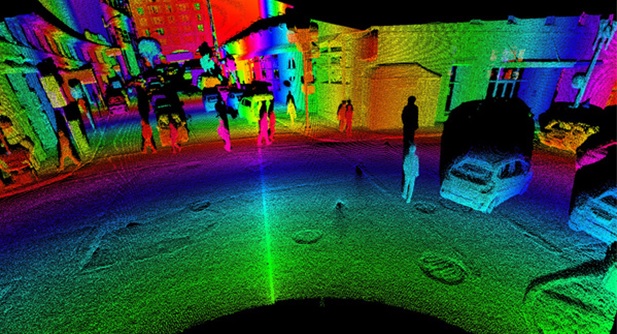INFORMATION SYSTEMS. COMPUTER SCIENCES. ISSUES OF INFORMATION SECURITY
One of the main directions of information systems development is to increase the efficiency of collecting, processing and exchanging information through the introduction of modern data transfer technologies, automated remote monitoring and control. The cornerstone of this concept is mobile devices that solve the issue of operational data exchange and processing. Modern mobile services used including the exchange and processing of personalized, banking and critical data are the result of the steady increase in the number of crimes in the field of information security in relation to and using mobile devices. The widespread use of these devices for access to protected information contained in information systems has given special importance to the issue of information security.
The subject of this research is to assess the current state of information security mechanisms for mobile operating systems that form the basis of the structure of episodic distributed mobile networks. The Android OS (operating system) was used as an example. The article discusses the problems of the development of a mobile ecosystem and methods aimed at solving them, the main vectors of malicious impact, ways of countering the means of static and dynamic analysis and modern protection mechanisms.
MULTIPLE ROBOTS (ROBOTIC CENTERS) AND SYSTEMS. REMOTE SENSING AND NON-DESTRUCTIVE TESTING
MODERN RADIO ENGINEERING AND TELECOMMUNICATION SYSTEMS
MICRO- AND NANOELECTRONICS. CONDENSED MATTER PHYSICS
MATHEMATICAL MODELING
PHILOSOPHICAL FOUNDATIONS OF TECHNOLOGY AND SOCIETY
ISSN 2500-316X (Online)


































